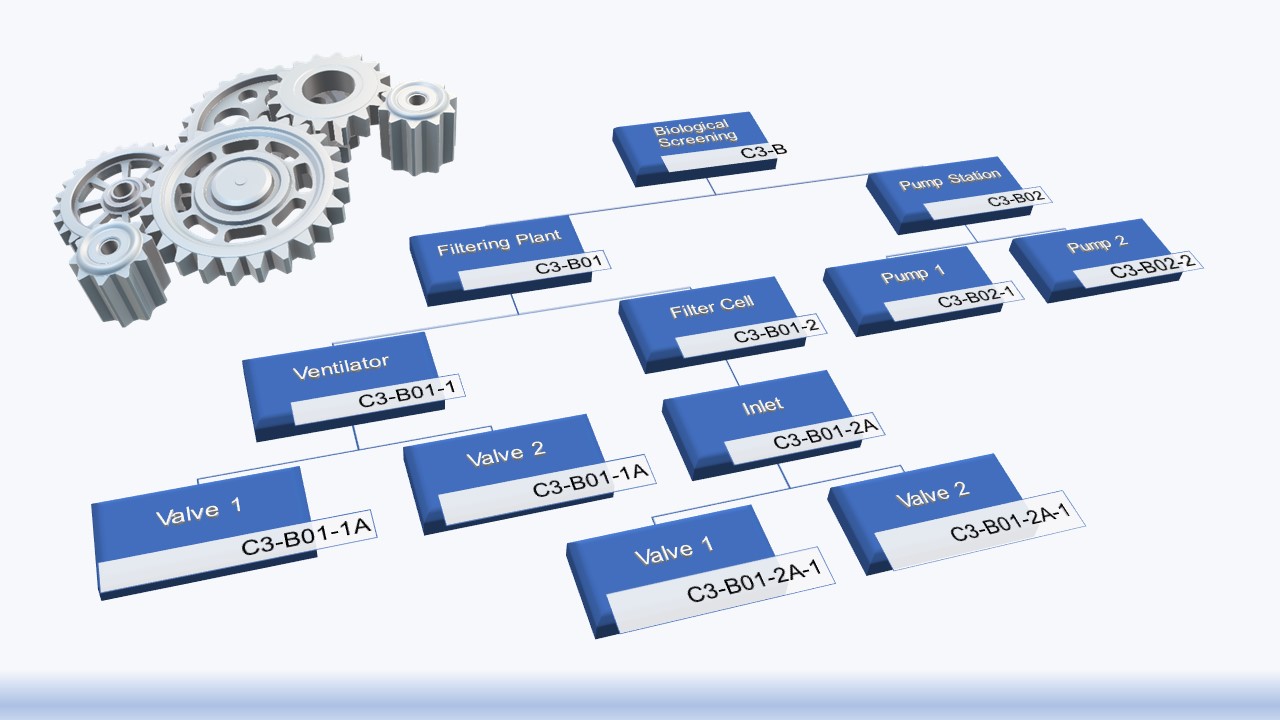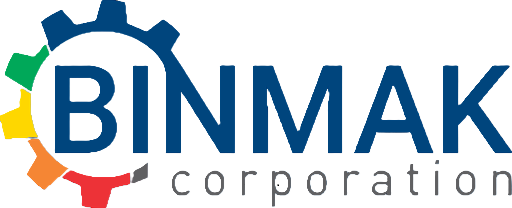Asset Master Data
- Asset master record is the reliable and authoritative data maintained by an organization relating to the various fixed and intangible assets used by it. Key features of Asset Master Data are that:
Master data does not change frequently. - Establishing a reliable, accurate asset master data is the foundation of any successful Asset Management program and Binmak has developed reliable and repeatable processes and steps to help clients develop accurate asset master data records.
- Binmak Tsoelofele Asset Master data has the following key elements
- Asset Hierarchy
- Asset Technical Information
- Asset Functional/Performance information
- Key features:
- Asset Register
- Asset and productive unit hierarchy
- Equipment functional requirements
- Equipment technical requirement
- Key benefits of accurate asset master data include:
- Legal compliance
- Improved safety and risk management
- Basis for accurate asset criticality analysis
- Accurate financial evaluation of asset base
- Accurate balance sheet information
- Improved asset life cycle management and decisions
- Workforce efficiency
- Reduced waste
- Enahanced job scoping accuracy


Asset Technical Information
- Static Asset Technical information
- Asset number
- Asset description
- Location
- Specifications
- OEM manuals
- OEM drawings
- Parts lists
- Components and maintenance significant Items (MSIs)
- Maintenance tasks
- Warranty information
Asset Functional Information
- Asset Performance Requirements
- Output
- Availability
- Throughput rate
- Quality
- Direct Operating Hours
- Asset Costs
- Labour
- MRO
- Contractors
- Asset Status
- Condition
- Usage
Asset Register & Hierarchy
An asset hierarchy is a way to organize all the machines, equipment and individual components owned by a company in one or more locations.
The top-down structure allows maintenance professionals to understand the relationship among assets using “parent-child” logic
